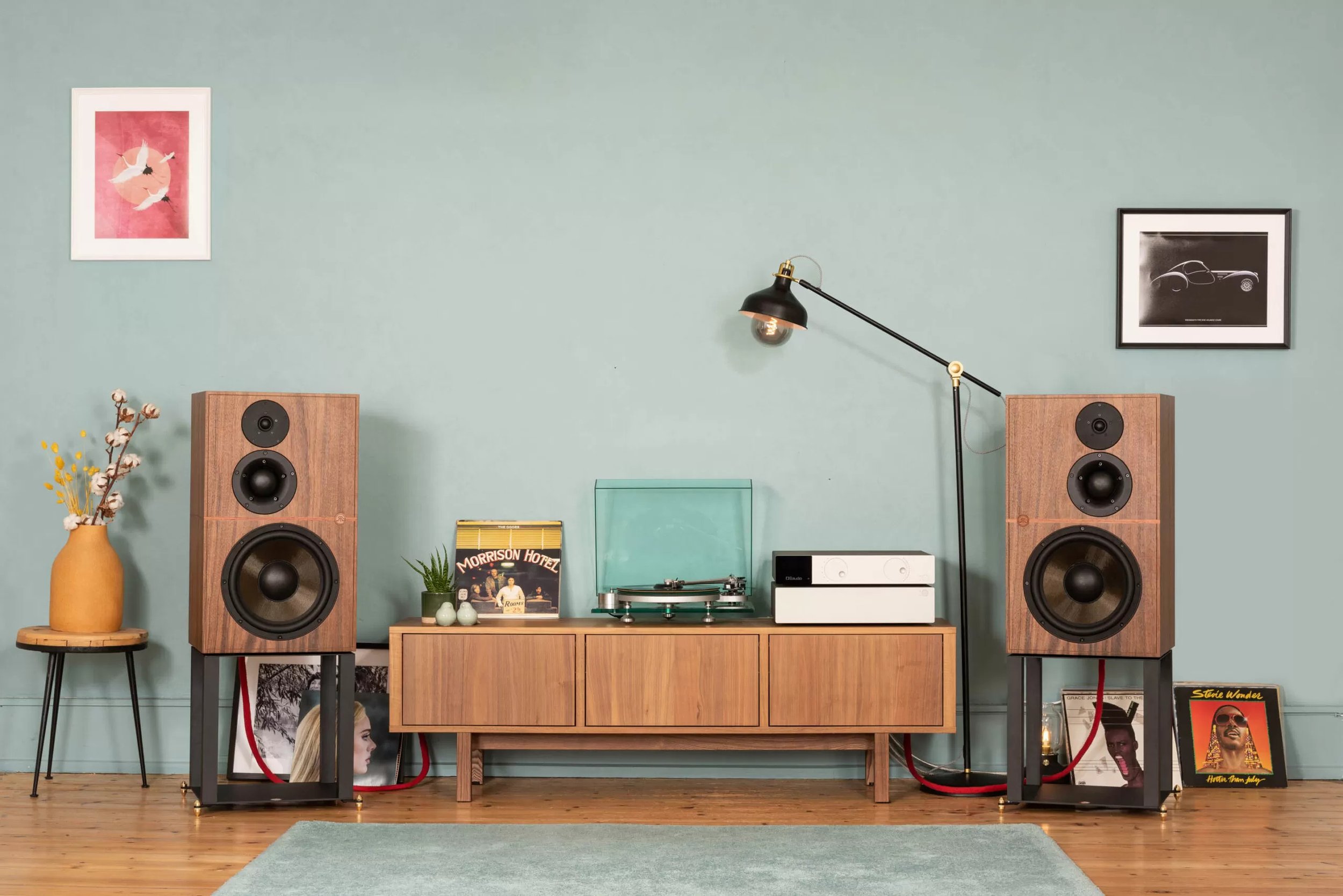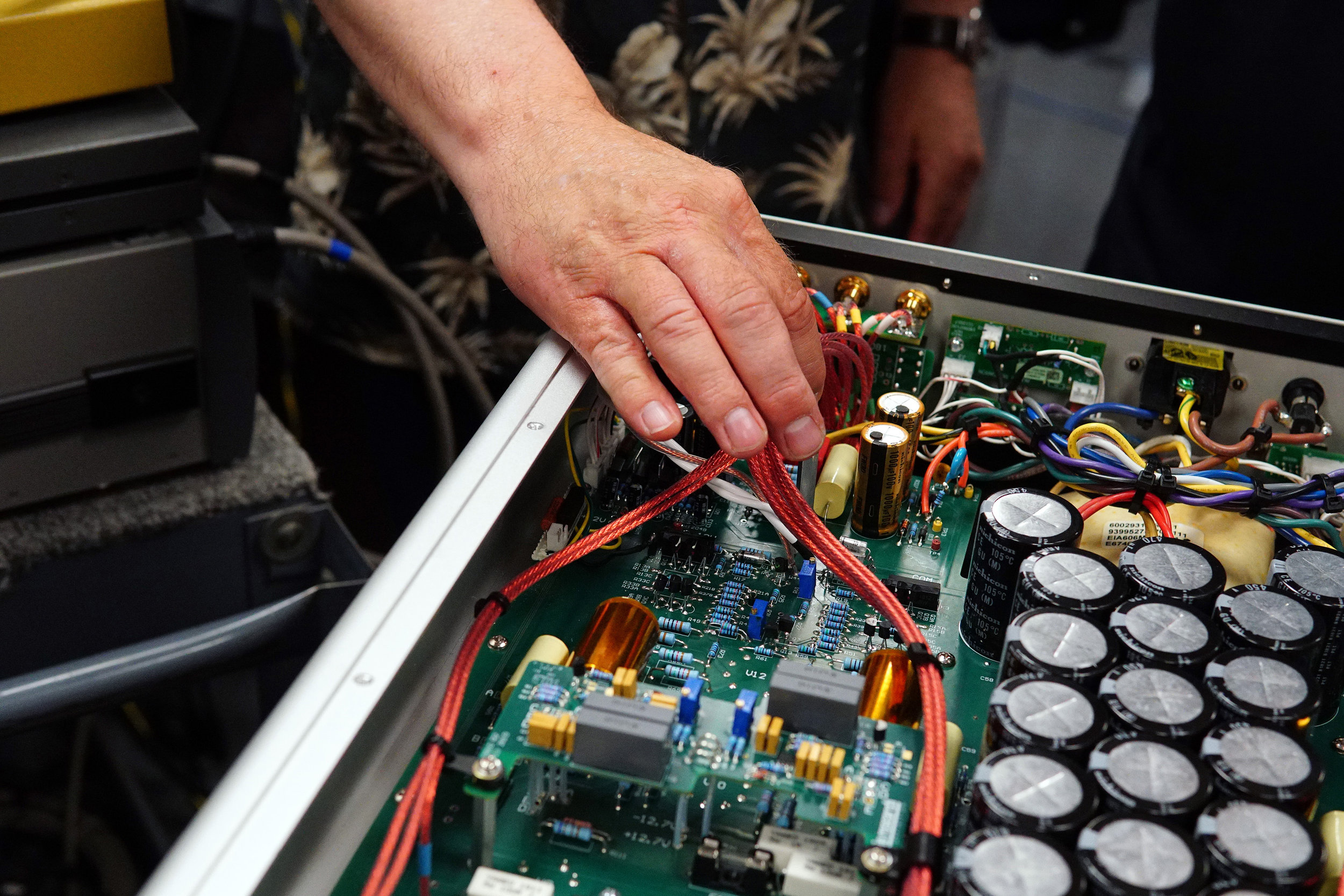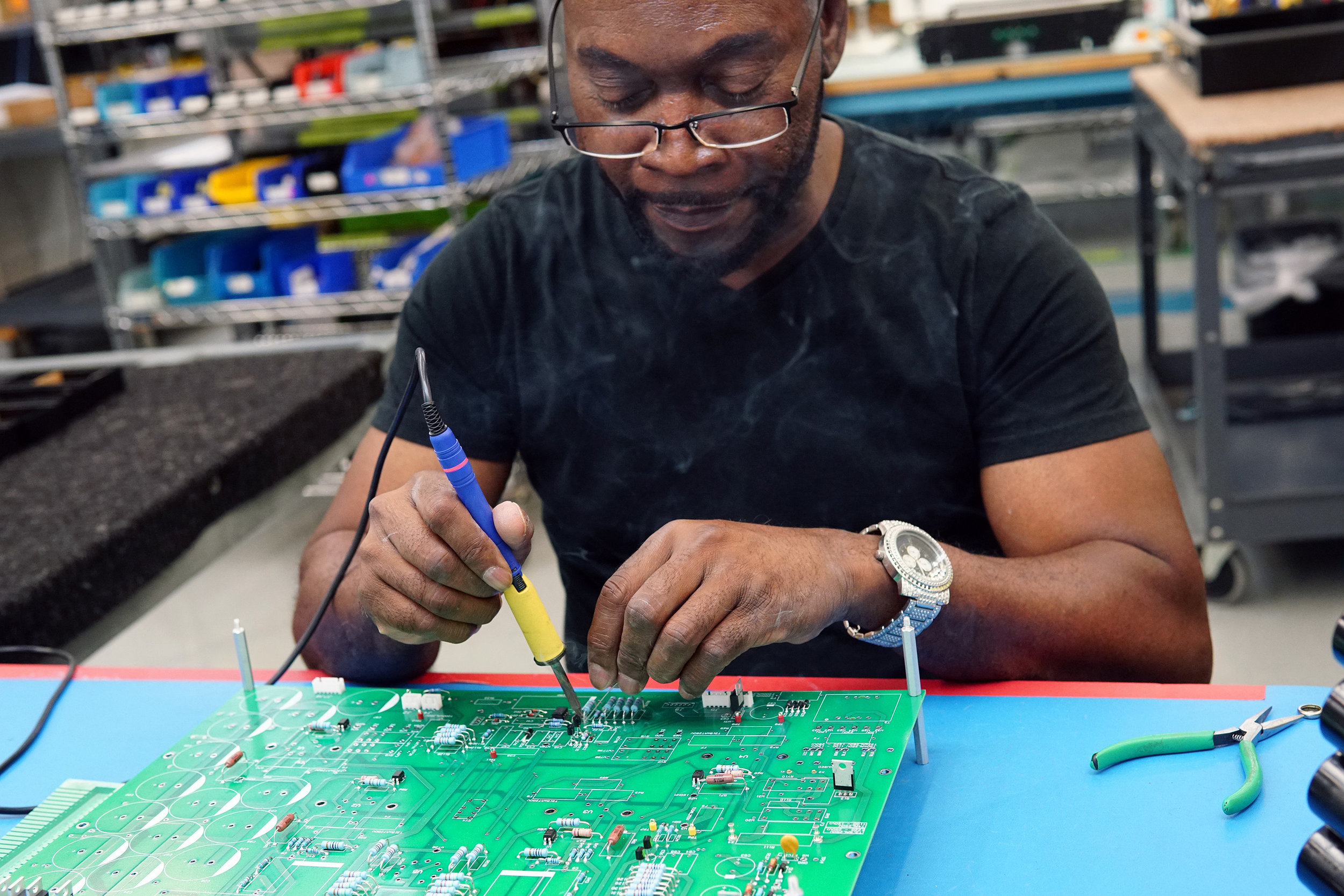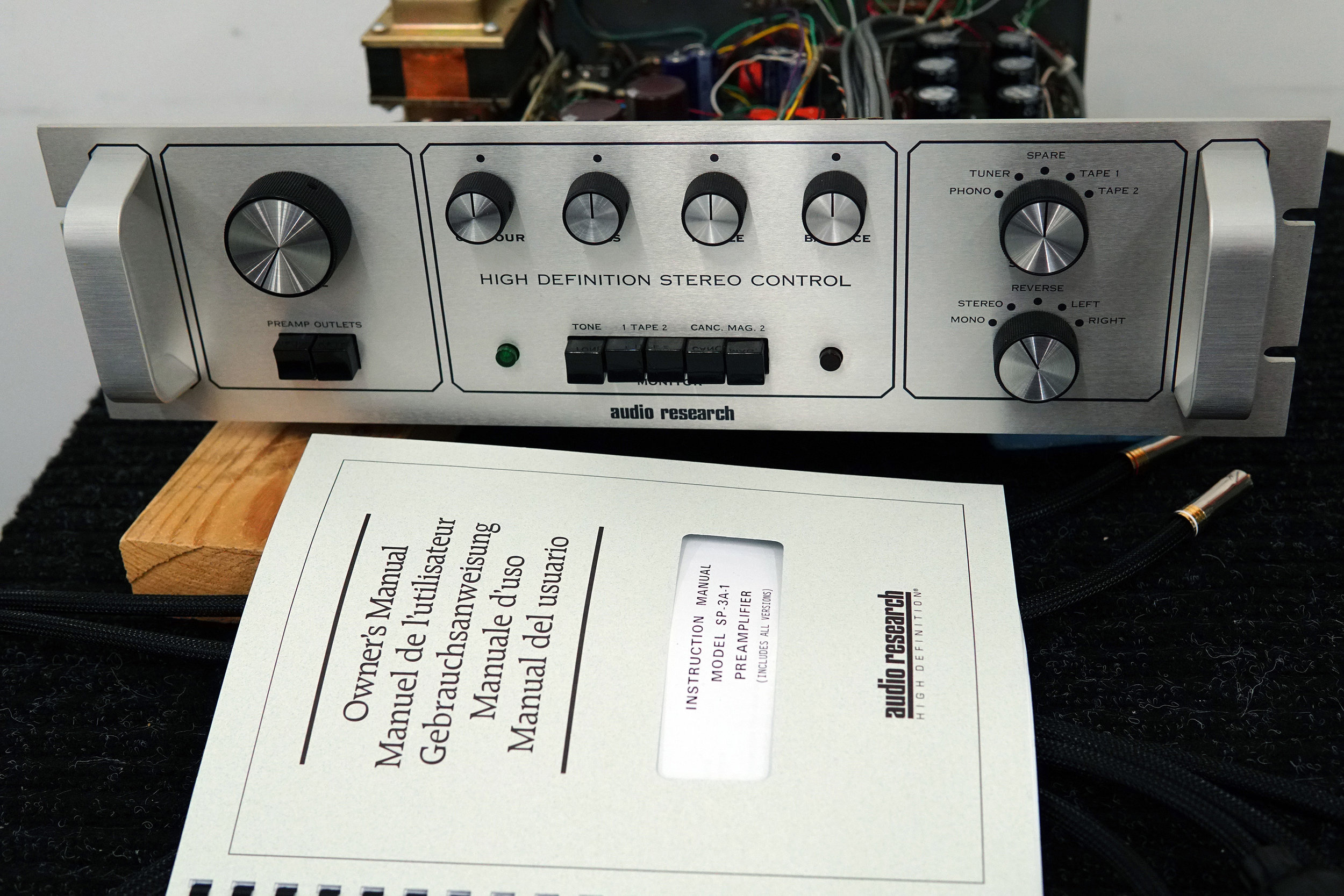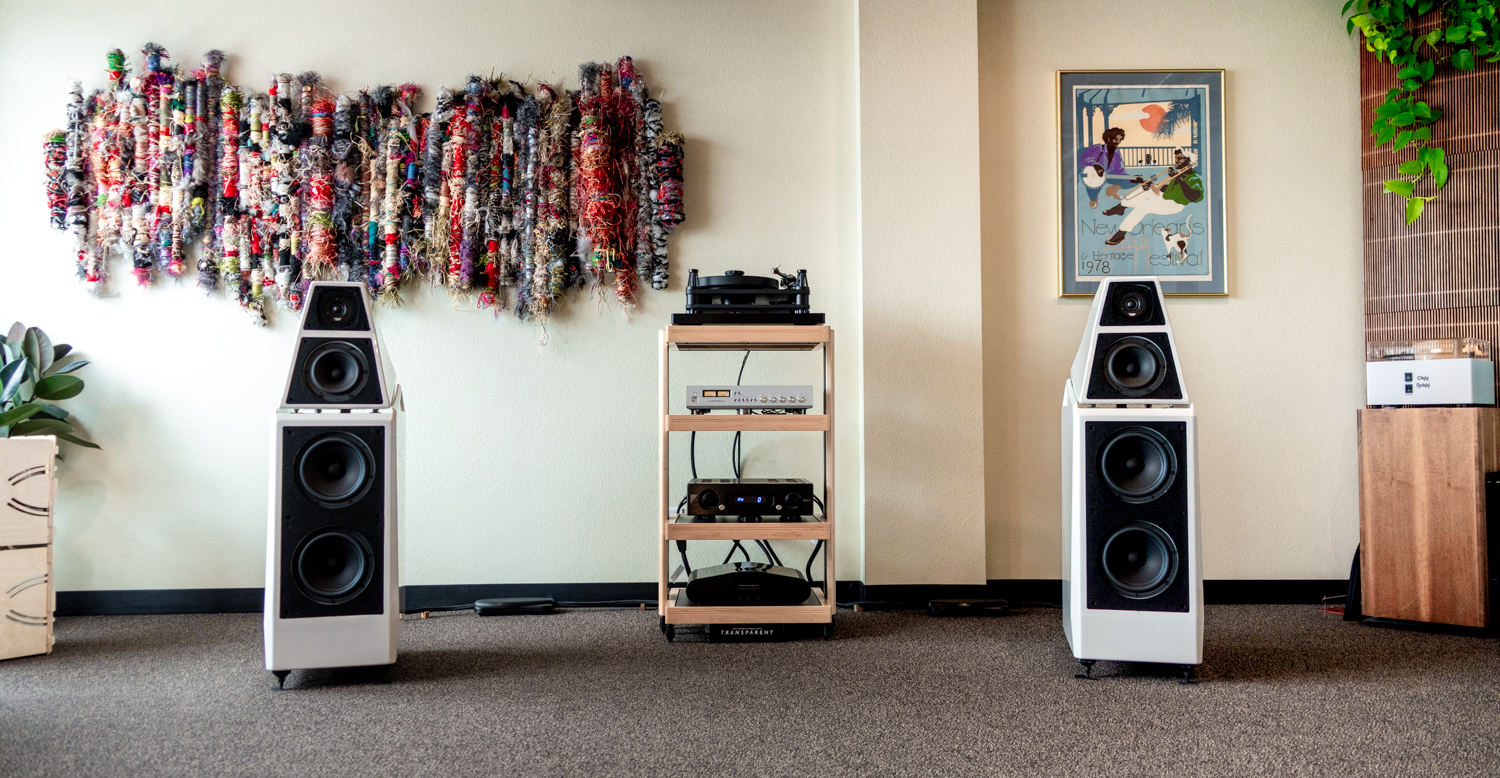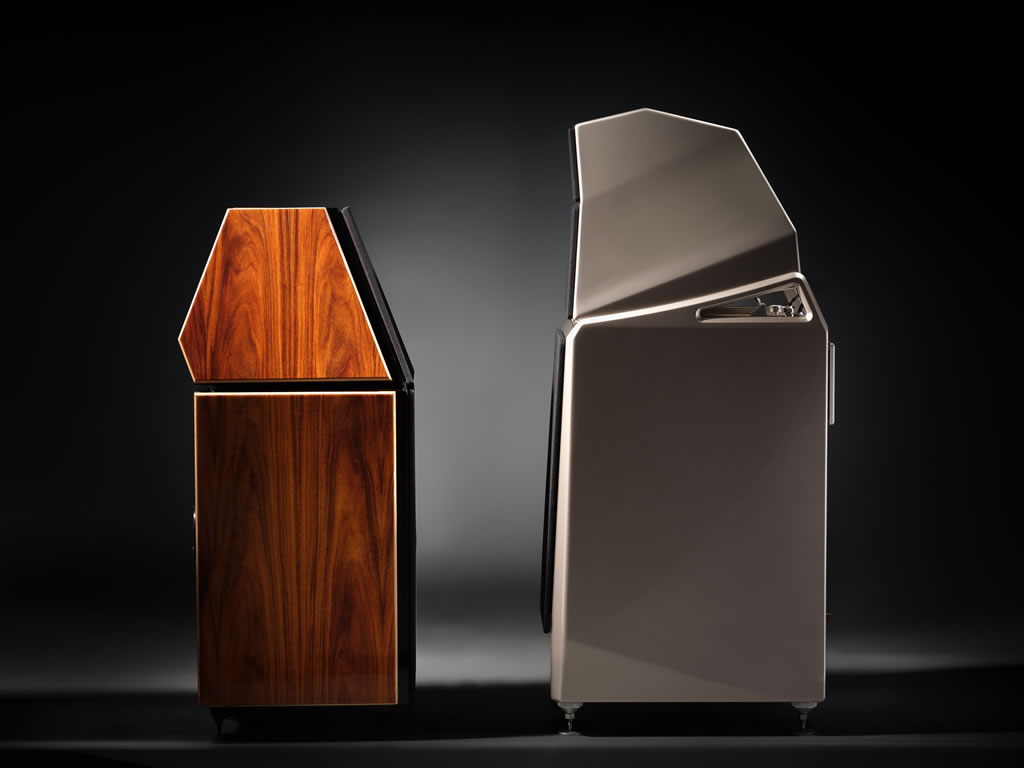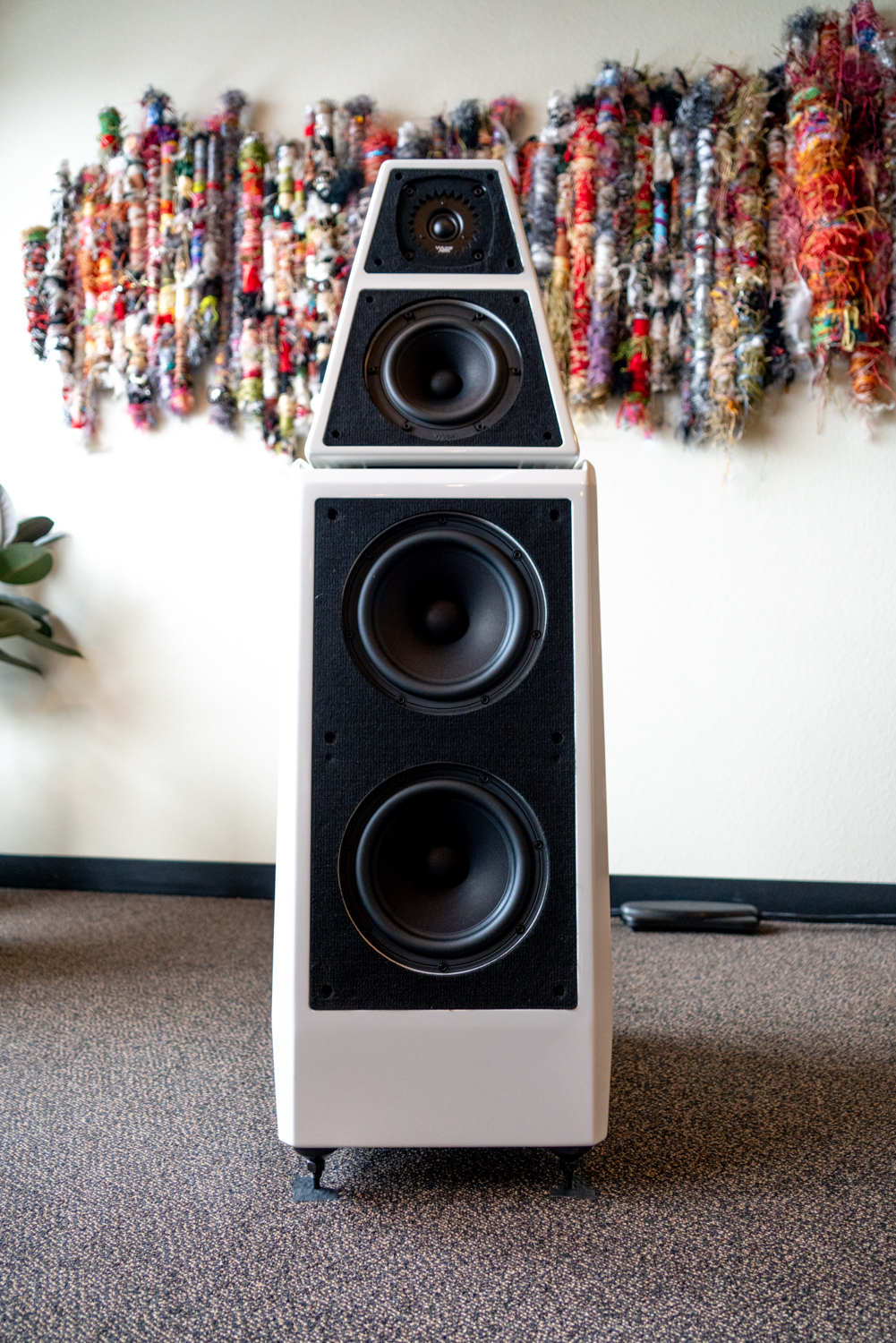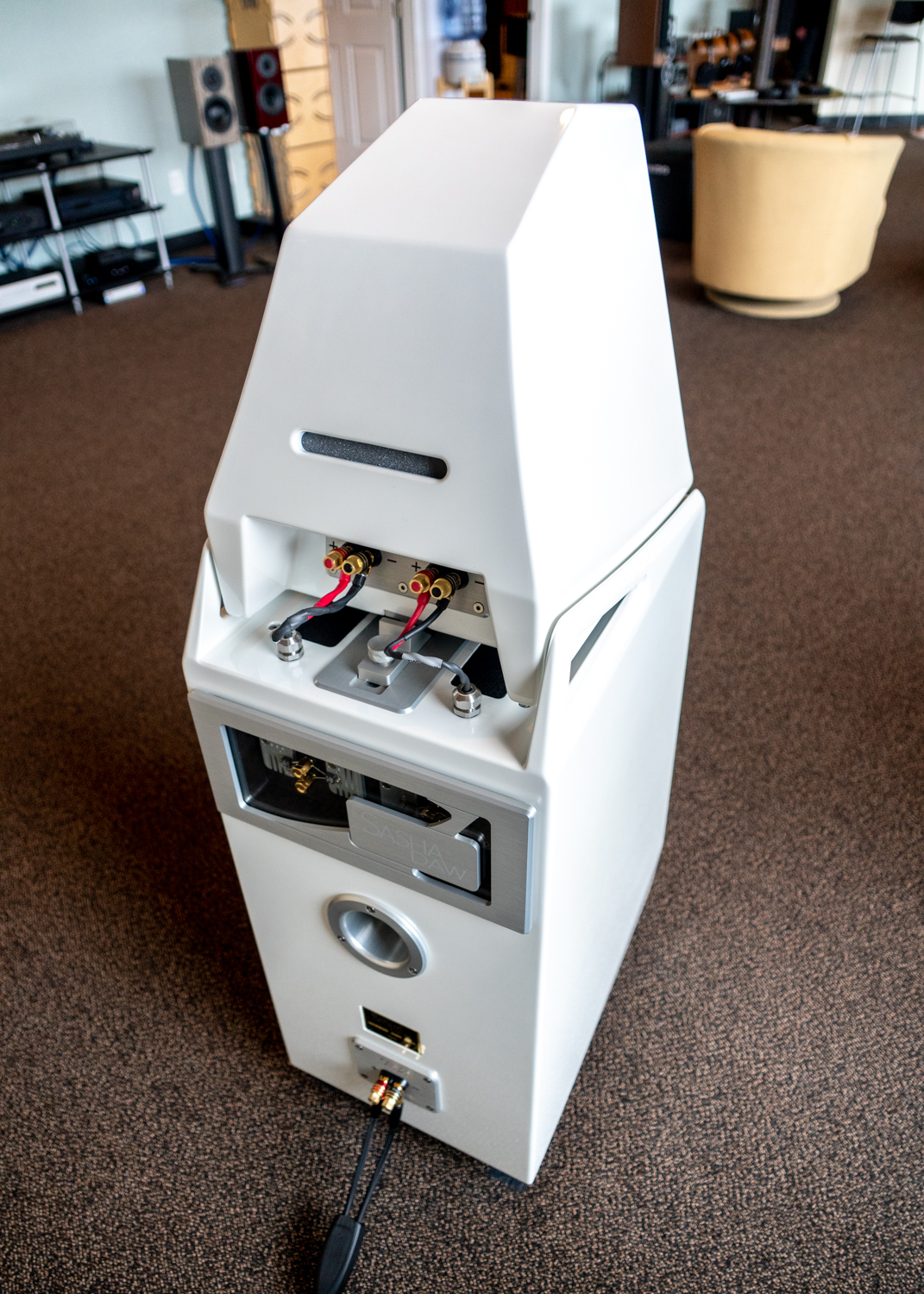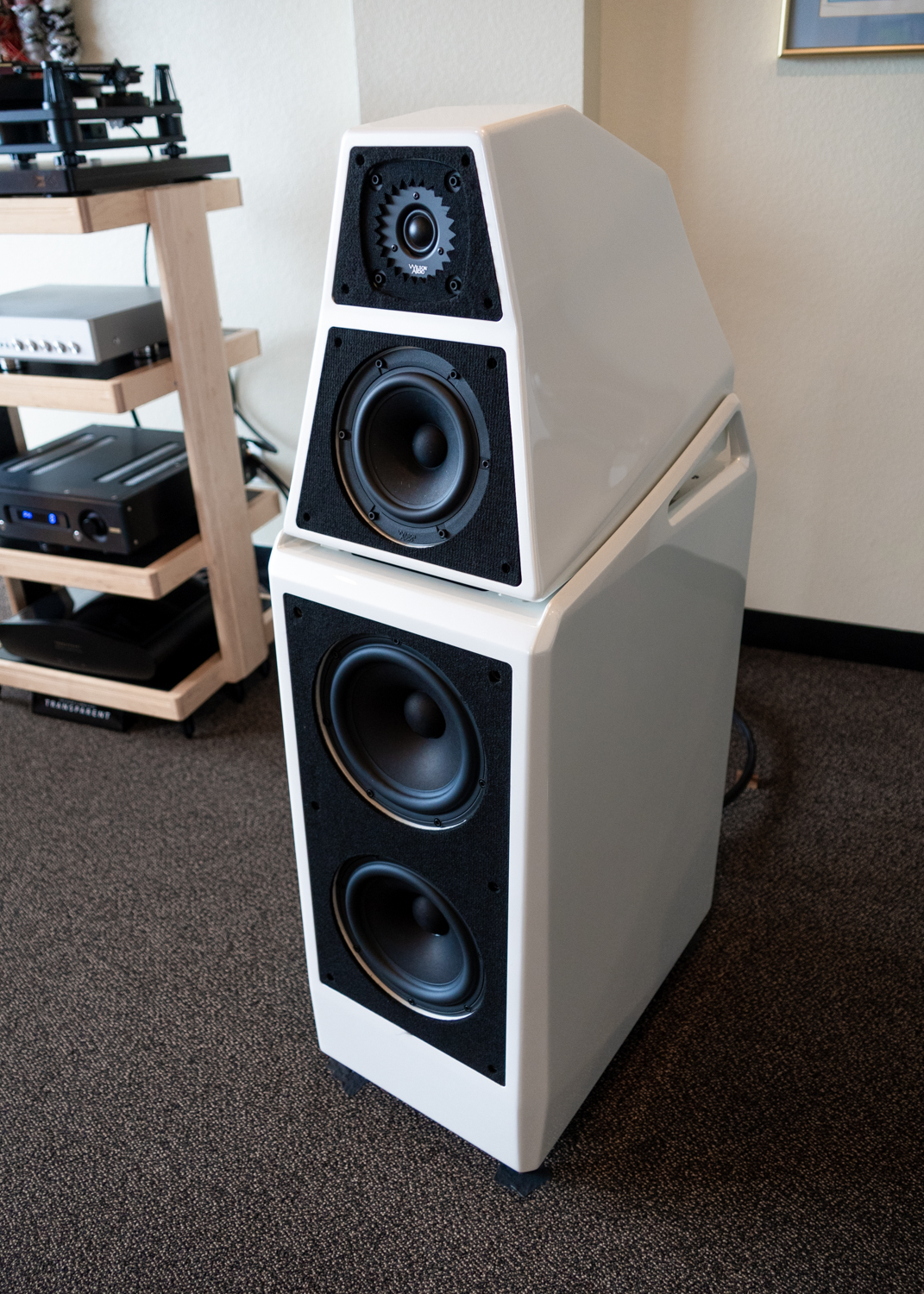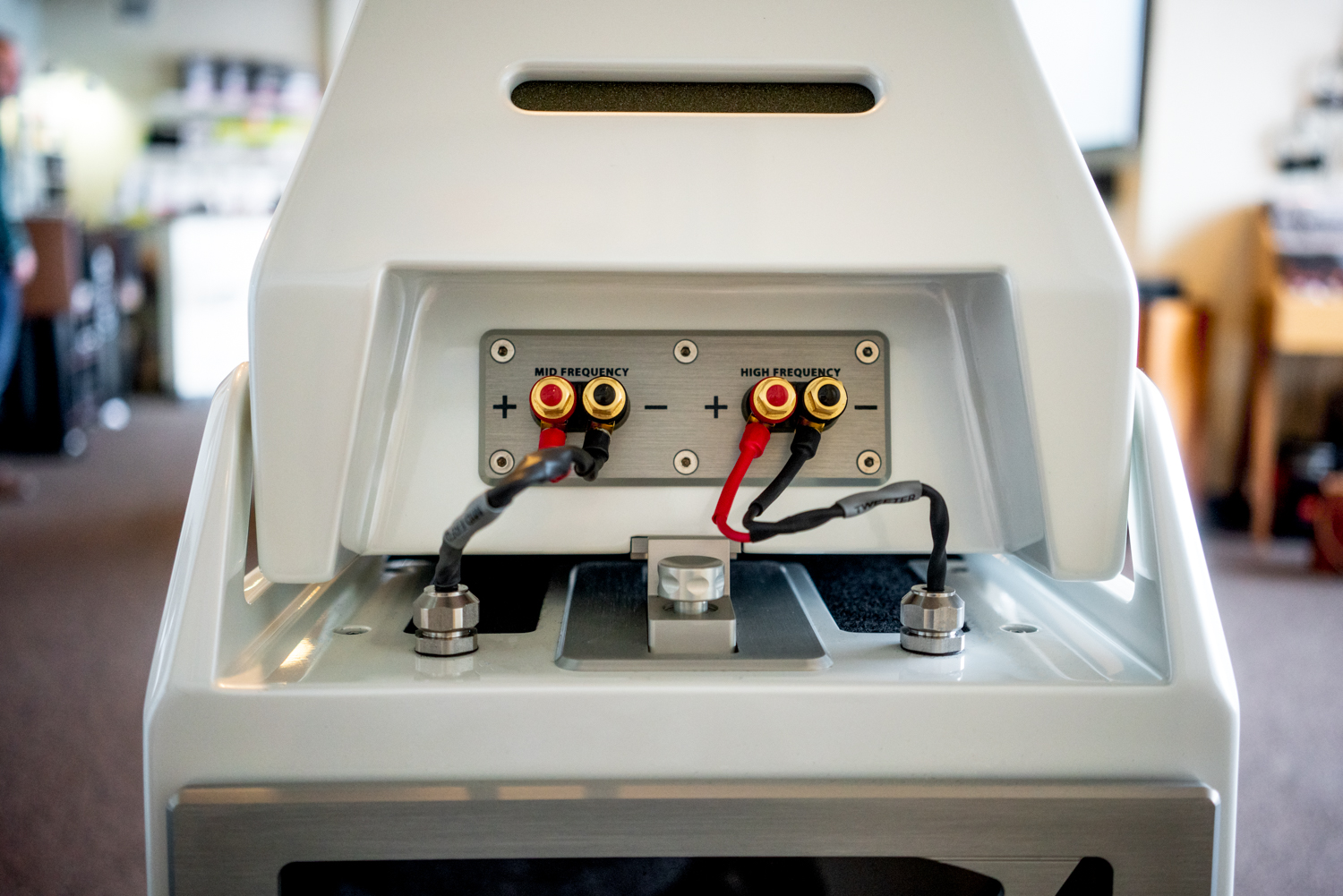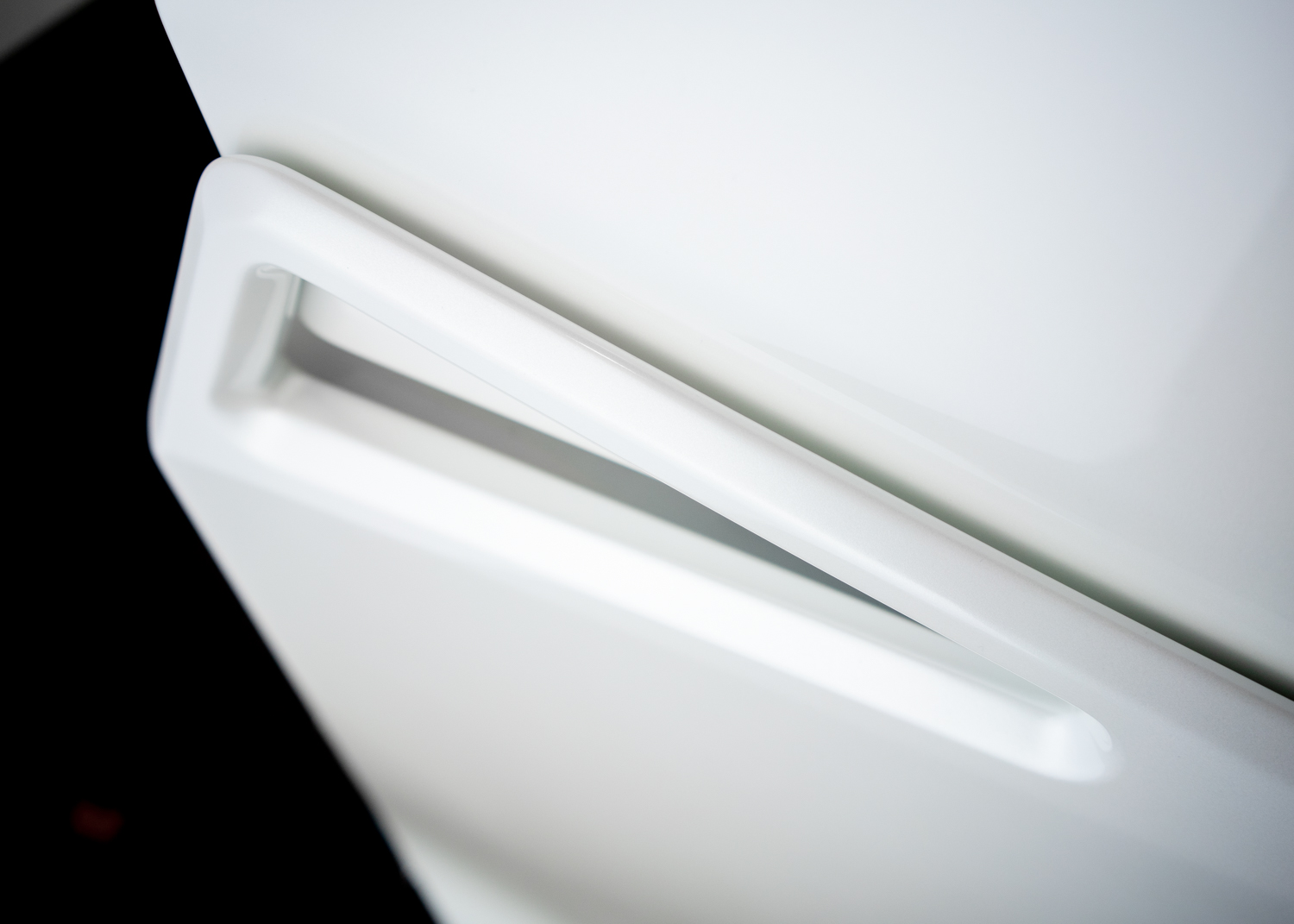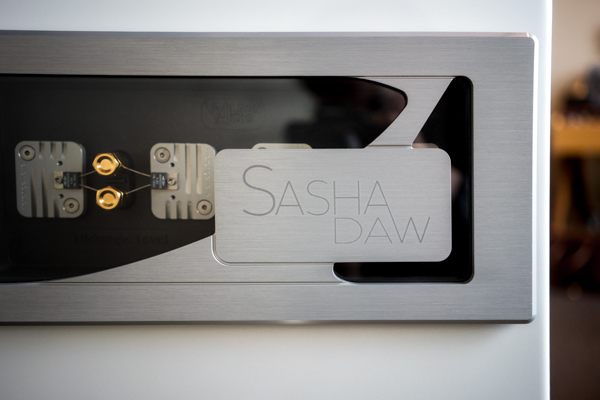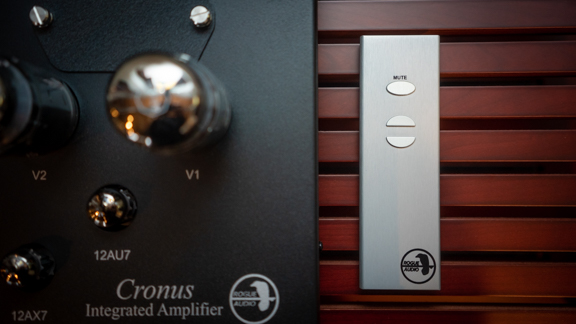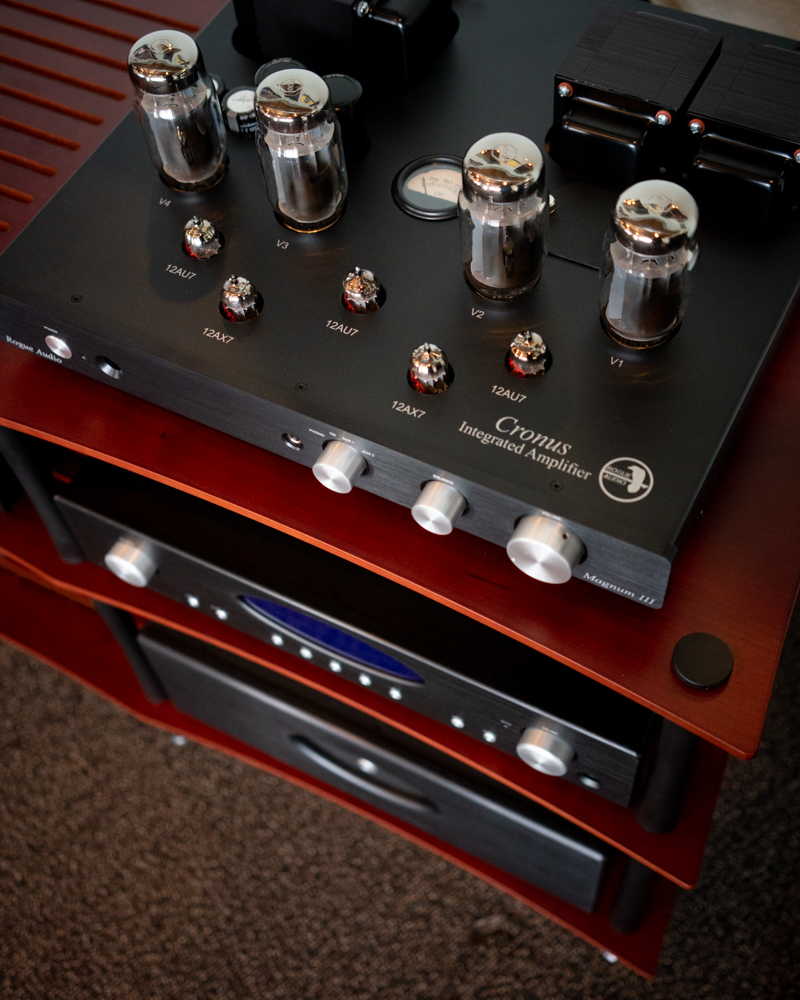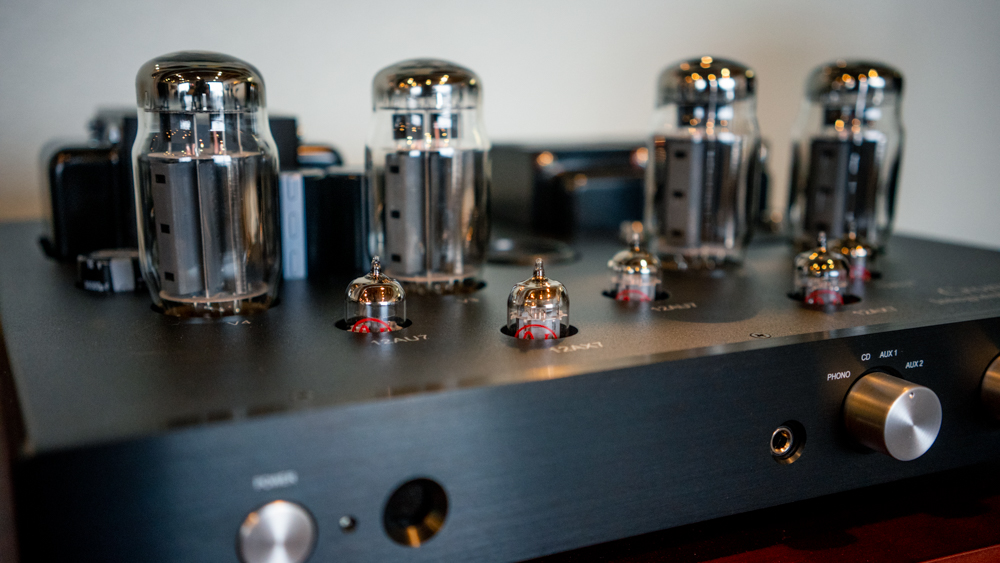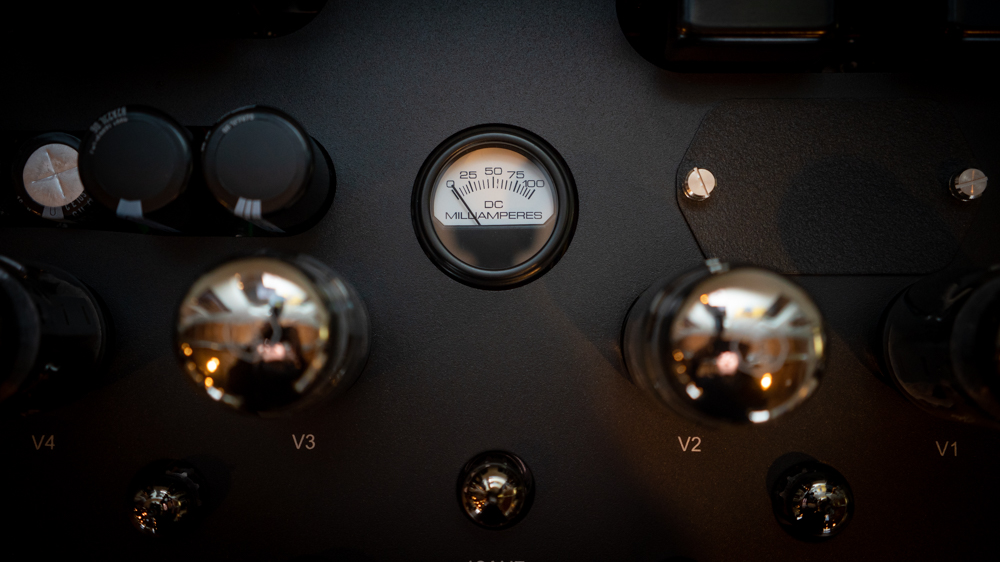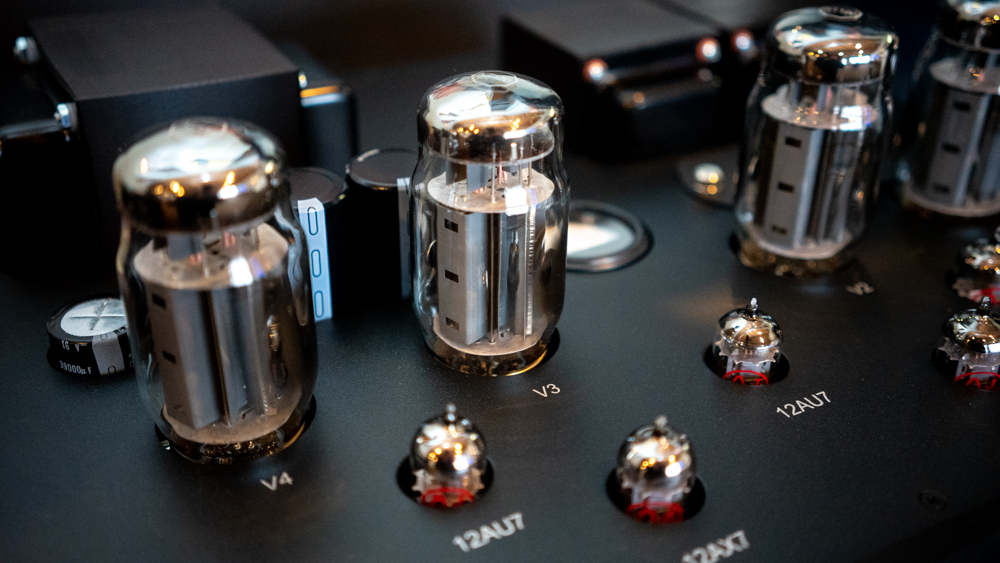Lately, I’ve really been enjoying the retro revolution that seems to be occurring with HiFi. I like the attention to aesthetic and elegant simplicity that usually comes with great retro gear. Most of the recent offerrings are reissues or based on older designs. KLH, Wharfedale, Klipsch and JBL have all been popular but none are really new and most are mass produced in China. Its uncommon to find a new design not mass produced that still maintains the retro aesthetic.
The latest piece of new retro stereo gear I’ve fallen in love with is the aptly named Revival Audio Atalante 5 speaker ($4895). When I first brought the speaker in to Crescendo a couple months ago, it was one of two models that this company manufactured. This was refreshing in a world where the amount of options and choices can be overwhelming. I was attracted to the Revival because it fit a niche of a premium retro speaker. We also carry the KLH model 5 ($2500) and Wharfedale Linton ($1500), but neither have the fit, finish and attention to detail the Atalante 5 possess. The walnut wooden veneer alone is a different level of quality but also features small details like laser etched logos and contrasting wooden lines to outline the center of the speaker. I usually am not a big fan of grills but the two rectangle shaped magnetic grey grills provided for the Atalante 5 are super unique. Most speakers just have one grill. The Atalante 5 has one to cover its 12” bass driver and one to cover the soft dome midrange and tweeter.
The Atalante 5 is also unique with how large and small it manages to be at the same time. It’s large in the sense if possess a 12” drive but is only 28” tall if placed directly on floor using angled wooden attachment. There are optional skinny metal stands ($475) which would negate the previous statement but allow for more placement options and produce the best sound. I’m not sure I personally would like the Aesthetic and be as in love with the speaker as I am if i needed to place it on a stand. There is something complete about the retro look with the speaker sitting on the floor.
Hand built in France and designed by former Dynaudio engineer who apparently (according to YouTuber Jay Iyagi) had a hand in designing the recently retired Dynaudio Heritage Special speaker. I mention the Heritage Special because this is a speaker I absolutely love and near the top of my list for best bookshelf speakers I’ve had the pleasure to listen to. The Heritage Special is a benchmark for me and while the Revival Audio Atalante 5 doesn’t approach the resolution of the Heritage Special it is able to produce a scale that most speakers can’t come close to producing by themselves. The secret weapon is the 12” driver constructed of woven basalt and a well constructed cabinet. It is a straight up fun speaker and pretty forgiving to poorly recorded music. This is code for its a softer sounding speaker and maybe lacks the sharp detail of a high hat or horn but makes up for it in overall tonal richness and fullness. It’s efficiency is on the higher side and I’ve successfully driven it with as little as 8 watts of tube amplification from an AudioNote integrated amplifier and as much as 100 watts of tube amplification from Rogue Audio. Beauty is in the eye of the beholder but these speakers sound every bit as good as they look. Give em a listen next time around.


